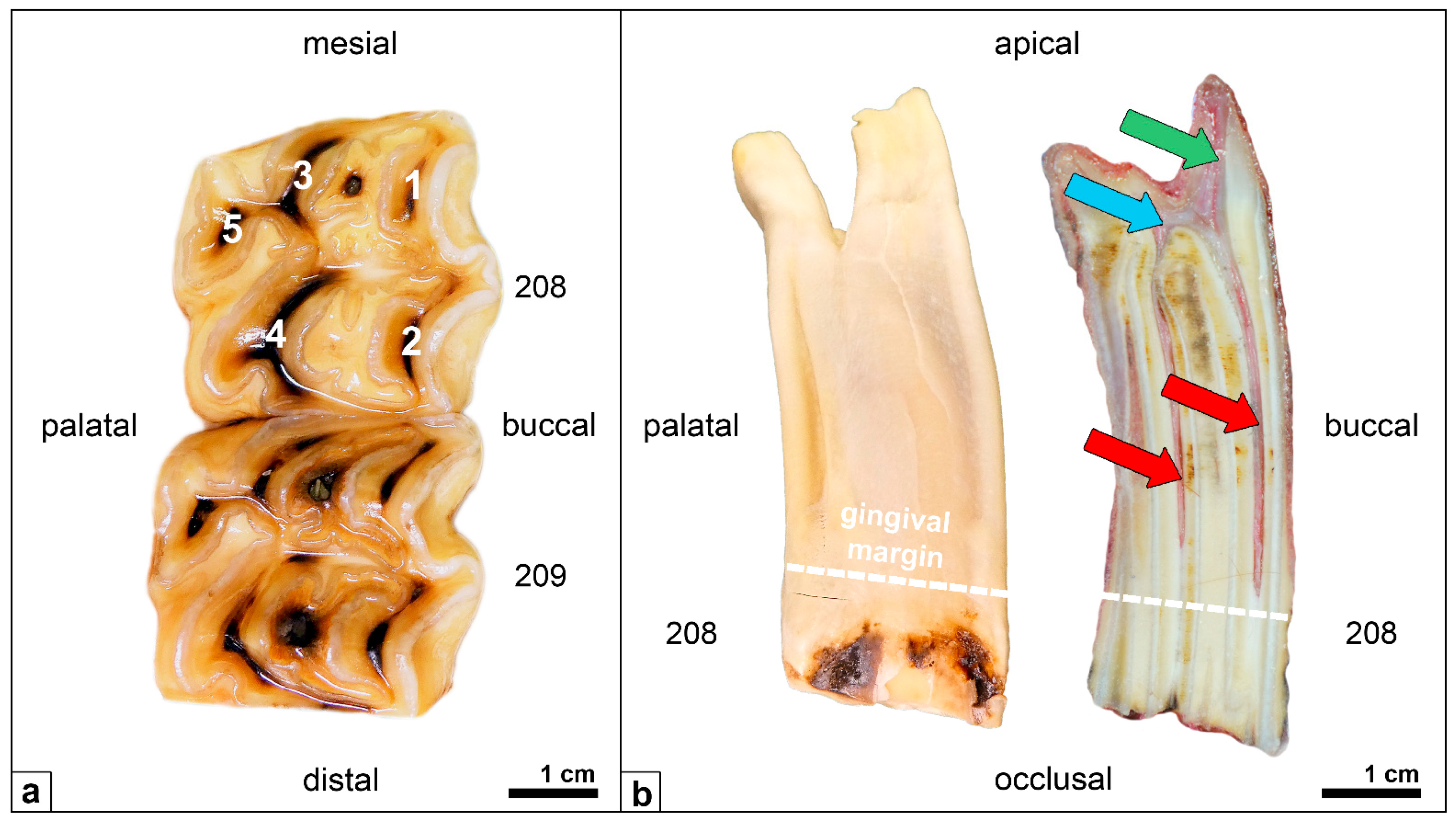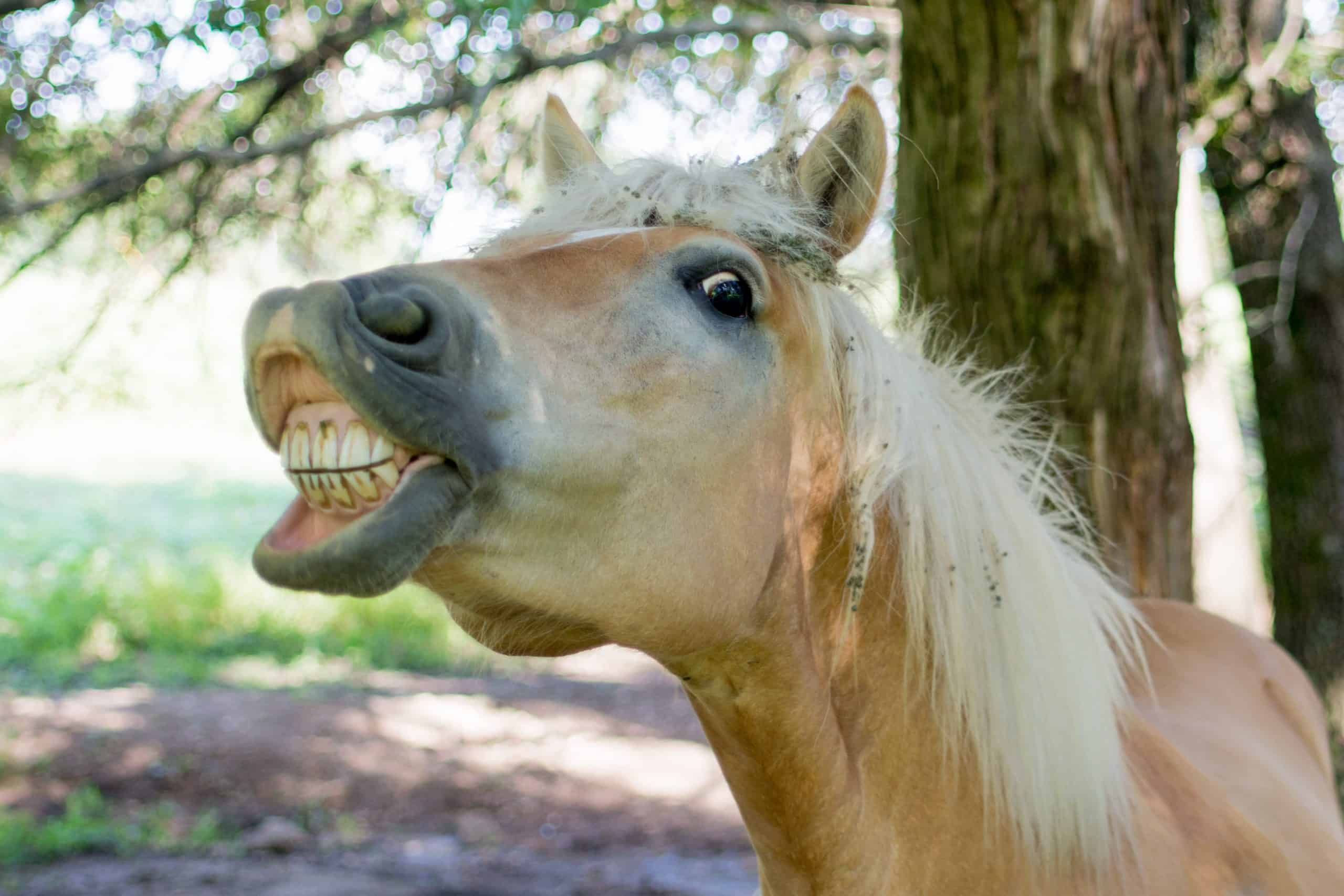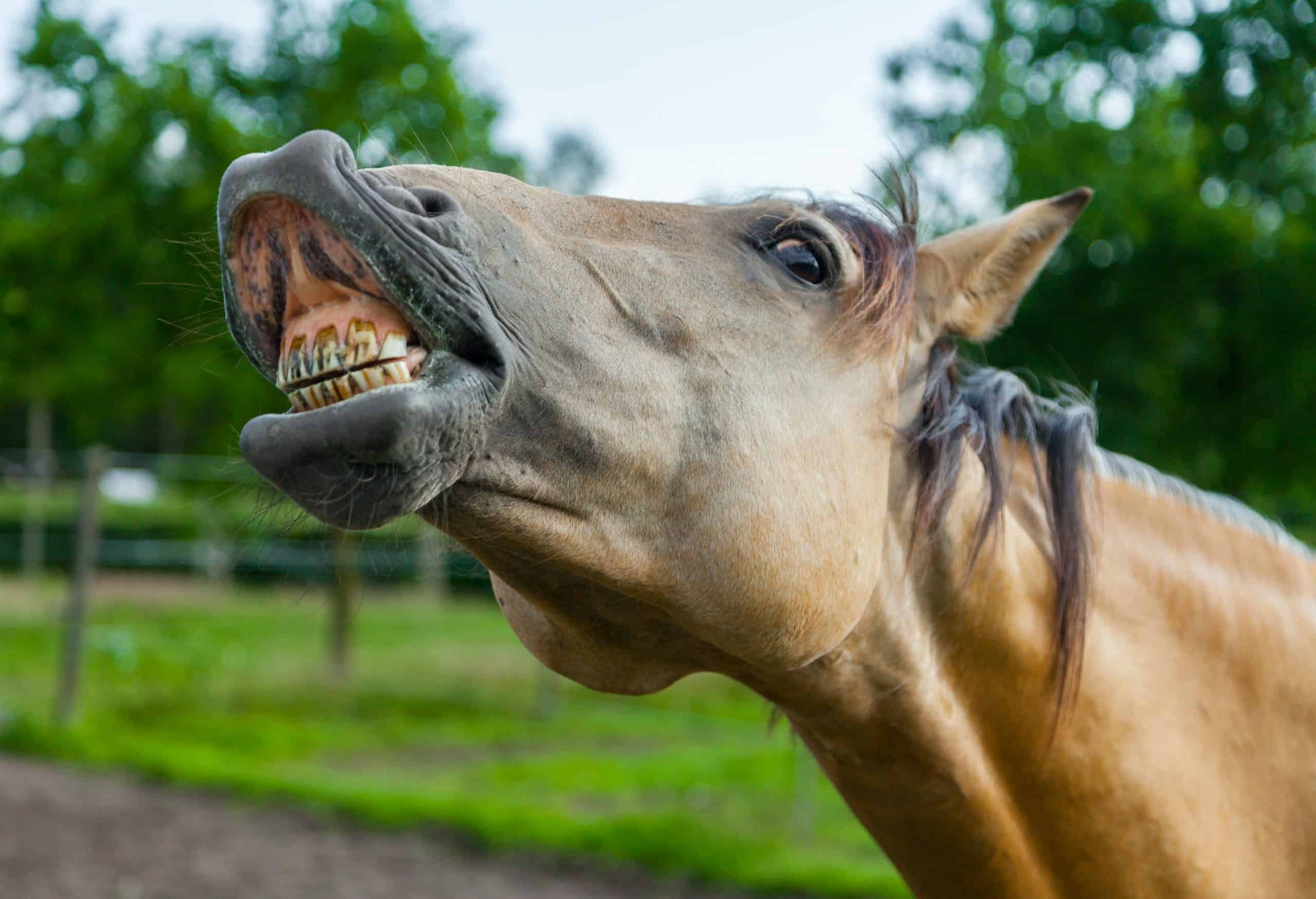Horses are majestic animals with a rich history of coexistence with humans. As equestrians and animal lovers, we often find ourselves fascinated by the behavior and expressions of these beautiful creatures. One such behavior that has captured the curiosity of many is the act of horses baring their teeth. This seemingly aggressive display has led to various interpretations and misconceptions about the nature of horses. In this article, we will delve into the reasons behind why horses show their teeth, shedding light on the true meaning behind this behavior.
Understanding Equine Behavior

To comprehend the significance of a horse’s actions, it is essential to understand their natural behavior. Horses are highly social animals, known for their ability to communicate through body language and vocalizations. Their interactions are often complex and nuanced, requiring a keen eye to decipher the messages they convey.
Facial Expressions in Horses
Facial expressions play a vital role in equine communication. Horses use their ears, eyes, nostrils, and mouth to convey a wide range of emotions and intentions. From relaxation and contentment to fear and aggression, their facial expressions offer valuable insights into their state of mind.
The Role of Teeth in Equine Communication
Among the many facial features, a horse’s teeth also serve as a means of communication. While we commonly associate the display of teeth with aggression, it is important to recognize that horses exhibit this behavior for a variety of reasons, each carrying its own significance.
Types of Tooth Display

The Flehmen Response
One of the most intriguing displays involving a horse’s teeth is the flehmen response. This behavior is characterized by the horse curling back its upper lip and exposing its front teeth while inhaling through its nostrils. Contrary to popular belief, the flehmen response is not an aggressive act. Instead, it serves as a method for horses to analyze and process scents, particularly those associated with reproductive pheromones.
Signs of Aggression
While the flehmen response is a non-threatening behavior, horses may also bare their teeth as a sign of aggression. This typically occurs in confrontational situations, where a horse may pin its ears back, bare its teeth, and adopt a defensive stance as a warning to perceived threats. Understanding the context in which this display occurs can provide valuable insights into the horse’s emotional state and the factors triggering its defensive response.
Expressions of Discomfort
In some instances, horses may show their teeth as a manifestation of discomfort or pain. This can be observed when a horse is experiencing dental issues or physical discomfort, leading to an involuntary display of its teeth. It is crucial for caretakers and equestrians to recognize these signs and address the underlying causes to ensure the well-being of the horse.
Interpreting Equine Behavior

Contextual Understanding
It is imperative to approach the interpretation of equine behavior with a contextual understanding of the horse’s environment and interactions. Factors such as herd dynamics, human interaction, and overall well-being play pivotal roles in shaping a horse’s behavior, including the display of its teeth.
Body Language Cues
In addition to tooth display, horses communicate through a myriad of body language cues. Understanding the subtle shifts in posture, facial expressions, and vocalizations can provide valuable insights into a horse’s emotional state and intentions. By honing our ability to interpret these cues, we can foster stronger connections with our equine companions and address their needs more effectively.
Promoting Positive Interactions
Educating the Equestrian Community
As caretakers and enthusiasts, it is our responsibility to educate the equestrian community about the diverse forms of equine communication, including the display of teeth. By dispelling misconceptions and fostering a deeper understanding of equine behavior, we can promote more empathetic and harmonious interactions with horses.
Empathy and Observation
Empathy and keen observation are fundamental in building strong bonds with horses. By empathizing with their perspectives and attentively observing their behaviors, we can establish mutual trust and respect, laying the foundation for positive and enriching relationships with these magnificent animals.
Respecting Equine Individuality
Recognizing Varied Personalities
Every horse possesses a unique personality and disposition. Some may be more expressive with their teeth, while others may rarely exhibit such behavior. Respecting the individuality of each horse and acknowledging their distinct communication styles is essential in fostering mutual understanding and respect.
Building Trust and Partnership
Trust is the cornerstone of any meaningful relationship with a horse. By approaching interactions with patience, empathy, and a willingness to understand the nuances of equine behavior, we can cultivate trust and build a partnership based on mutual respect and cooperation.
Curious about horse behavior? If you’re wondering why horses show their teeth, you might also be interested in learning about why horses flap their lips and why horses have tails. Additionally, understanding why they cut horses’ tails can provide further insight into these magnificent animals.
Conclusion
In conclusion, the display of teeth by horses is a multifaceted aspect of their communication repertoire. It encompasses a range of behaviors, from the flehmen response to expressions of discomfort and aggression. By delving into the nuances of equine behavior and promoting a deeper understanding of their communication methods, we can forge stronger connections with these magnificent animals. It is through empathy, observation, and a commitment to respecting their individuality that we can enhance our interactions with horses, fostering relationships built on trust, understanding, and mutual respect.



